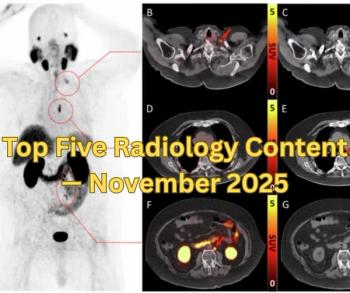
MRI Reveals New Uterine Mechanism That Improves Blood Flow to Fetus
Independent contractions of uterine wall and placenta sends more oxygen-rich blood to unborn child.
MRI images have revealed a previously unknown mechanism in the body that facilitates better blood flow between the wall of the uterus and the placenta during pregnancy.
Research published Thursday in
Using MRI, the team, led by Penny Gowland, Ph.D., professor of physics at the University of Nottingham, analyzed the movement and oxygenation of blood in the placenta. They discovered high oxygenation levels across the entire placenta with a decrease in velocity as the blood enters the placenta. Those findings, the team said, suggest an efficient oxygen-delivery system between mother and fetus.
Additionally, the team pinpointed altered blood movement patterns that are typically linked to pregnancies with pre-eclampsia – the onset of high blood pressure and high protein levels in urine. Being able to identify women who are at risk for poor outcomes for themselves and their unborn child.
Ultimately, Gowland’s team said, these findings can help improve placental models and optimize MRI protocols in order to provide more detailed information about placental abnormalities.
Newsletter
Stay at the forefront of radiology with the Diagnostic Imaging newsletter, delivering the latest news, clinical insights, and imaging advancements for today’s radiologists.



























